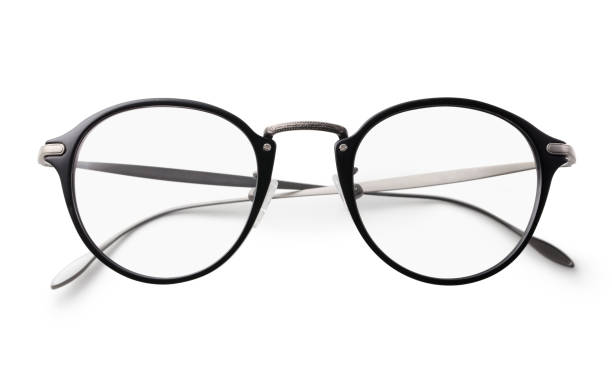
A simple issue that eyeglass customers often face is a cosmetic one: they do not know if they will like the eyeglasses they purchase, or if the glasses will look good on them. When trying on glasses at the eye doctor, or at an eyeglass store, it can be hard to tell what the glasses will look like when you where them out. It can also be hard to even know where to start with glasses. There are so many options but a customer does not always know what will look good on him or her.
Warby Parker wanted to address those issues. What if there was a company that allowed you to try on the glasses before you had to commit to them? What if the company helped you figure out what glasses would look best on your face? The Warby Parker business model was born. The company is primarily an online business, doing most of its business through its website. The website in its current iteration begins with a short quiz of sorts that asks the customer various questions from face shape to their preferred material of glasses. From there it will give the customer a series of suggested eyeglasses and from that list, the customer can select five different eyeglasses that they would like to try on. A few days later in the mail they will receive a box in the mail. This box will contain those five eyeglasses, and they have a week to try the eyeglasses on and then return them.
This model allows the customer to get a feel for the glasses, to decide if they like the look, the feel, and the function of each pair. There is no pressure to make a quick decision with Warby Parker, unlike at an eyeglass store. Customers are encouraged to take their time before committing to a pair.
Though Warby Parker is primarily online, they have begun to recently add some brick-and-mortar stores, with these popping up in the United States and in Canada, though they still strive to adhere to the same business methods.
The founders of Warby Parker did not want to simply create a business that helped people with figuring out which pair of glasses to wear. Though this is an important niche and they have found a smart way of addressing it, they wanted to add something deeper to their business: an element of social entrepreneurship–entrepreneurship that gives back. With that, they began this model: for every pair of glasses sold, they would donate a pair to a company that distributes eyeglasses in developing countries to encourage forward-thinking for individuals and startups there. This way they would not just be giving something away in the form of charity, but they are empowering individuals by providing certain resources (eyeglasses and reading glasses) that promote an individual towards autonomy and self-direction.
Warby Parker is a good example of a business that saw a problem–in their case, an insufficient method of trying on and fitting eyeglasses–and established a new and thoughtful solution. They are also a good example of then taking that new business model and making it into something that gives back to communities in need, in a way that does not harm these communities more.

First of, Stu, great post! The Warby Parker seems to be the ‘Zappos for Glasses’. As someone who wears glasses/contact- I plan to use these services next time I need new eye wear. This is another great example of a relatively simple approach to sort out an inefficiency in the market. It will be interesting to see if Warby Parker follows a similar path as Zappos and sells to Amazon- ‘Amazon Vision.’
I relate to this so much. There have been so many times where I purchase a pair of glasses in the store, they come in weeks later, and then I hate them! Glasses are not cheap, so I think this solution really helps make sure you are purchasing a pair you love.
This is a company for the people! Warby Parker discovered a very practical issue and made sure to solve it while keeping the customer in mind. You can really tell that while the company was going through their iterations to get to the final product, the customer was in the forefront of their mind.